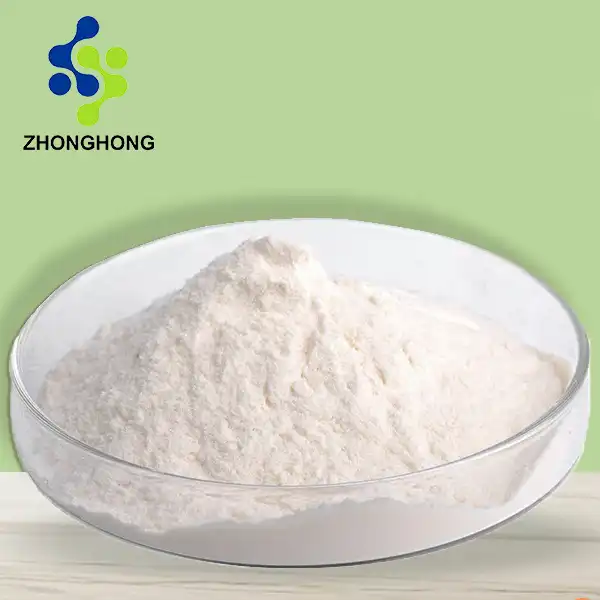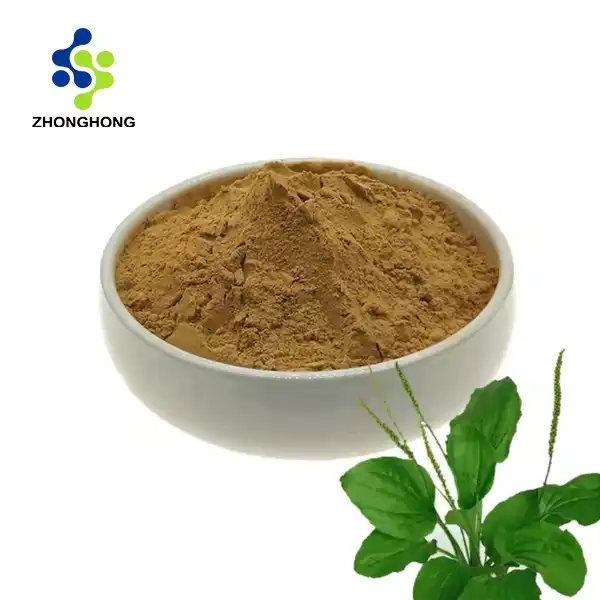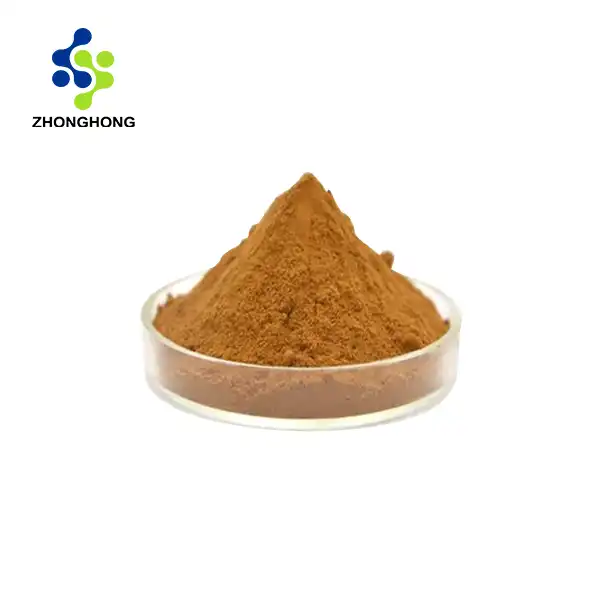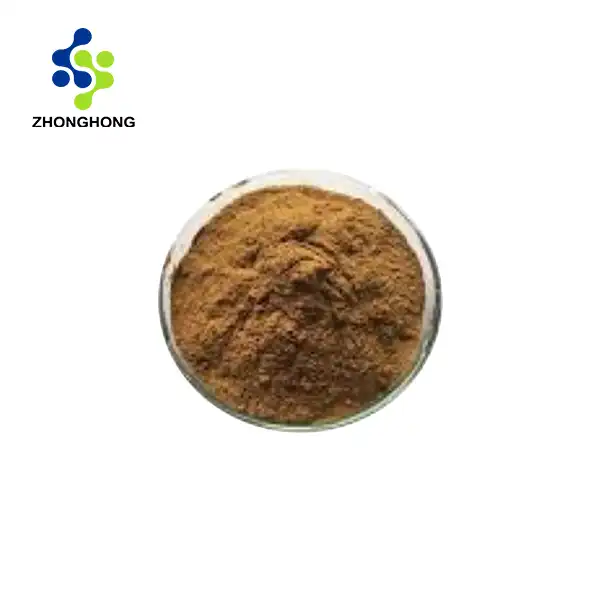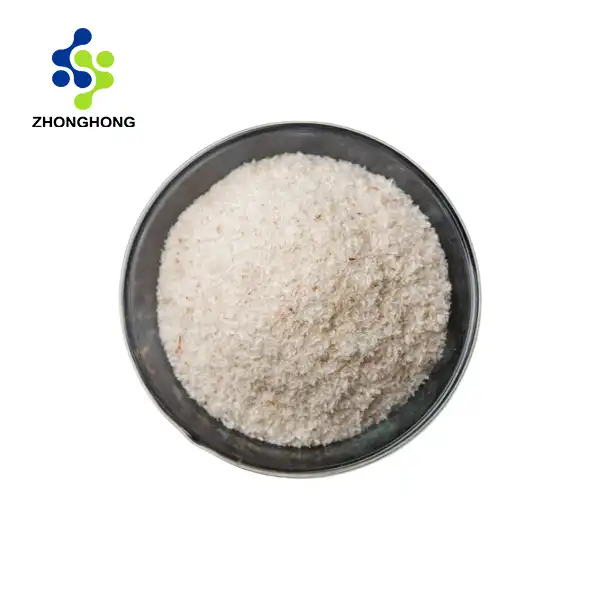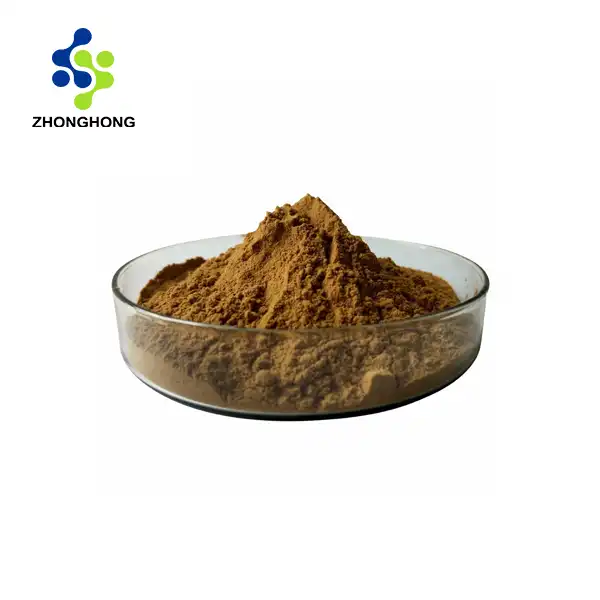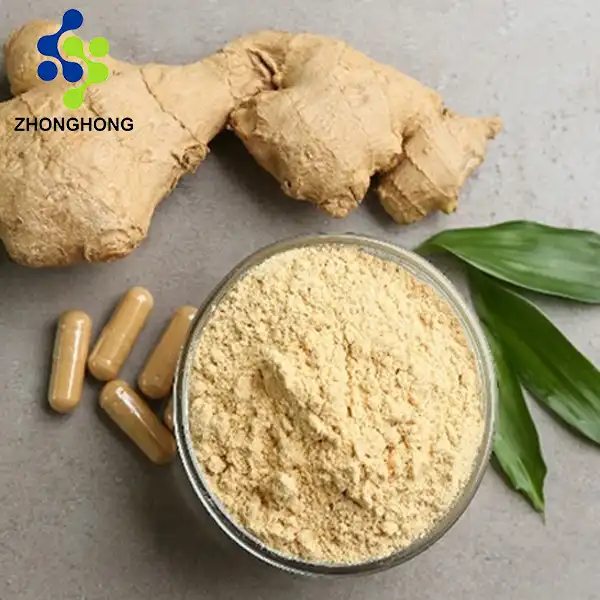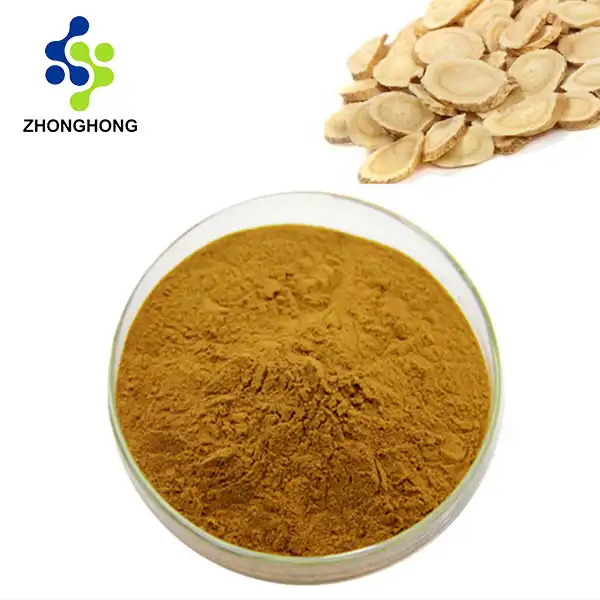The Science Behind Creatine Monohydrate's Effectiveness
ATP Production and Energy Systems
Creatine monohydrate powder plays a vital part in upgrading ATP (adenosine triphosphate) generation, which is the essential vitality source for cells. Amid high-intensity work out, the body quickly employments ATP, driving to fatigue. Creatine supplementation increments the accessibility of phosphocreatine in muscle cells, which acts as a save to recover ATP rapidly. This prepare permits competitors to support higher vitality levels and perform at a higher escalated for longer lengths, particularly amid brief, unstable exercises like sprinting, weightlifting, or bouncing.
Muscle Cell Volumization
Creatine upgrades muscle execution not as it were by expanding ATP recovery but too through muscle cell volumization. As creatine is put away in muscle cells, it draws in water, causing the muscle filaments to swell. This increment in cell volume can invigorate muscle protein union, which is vital for muscle repair and development. Also, the swelling impact can decrease muscle protein breakdown, making an anabolic environment that advances long-term muscle advancement. For bodybuilders and competitors, this "pump" moreover gives a more full, more characterized appearance.
Lactic Acid Buffering
Another key benefit of creatine supplementation is its ability to buffer lactic acid buildup during intense physical exertion. High-intensity exercises, such as sprinting or weightlifting, can lead to the accumulation of lactic acid in muscles, causing a drop in pH and triggering fatigue. Creatine helps maintain higher pH levels within the muscles, reducing the negative effects of acid buildup. This buffering action delays the onset of fatigue, allowing athletes to push through more intense training sessions and improve their overall performance in activities requiring repeated explosive efforts.
When to Take Creatine Monohydrate for Optimal Results?
Loading Phase Strategies
Many users begin their creatine supplementation with a loading phase to saturate muscle stores quickly. A typical loading protocol involves consuming 20-25 grams of creatine monohydrate powder daily, divided into 4-5 doses, for 5-7 days. This approach can rapidly increase muscle creatine content, leading to faster initial results. However, it's worth noting that while loading can accelerate the process, it's not strictly necessary. A more gradual approach of taking 3-5 grams daily will eventually achieve the same saturation levels, albeit over a longer period.
Pre- vs. Post-Workout Timing
The debate over whether to take creatine before or after a workout has been ongoing in the fitness community. Recent research suggests that post-workout consumption may be slightly more beneficial. Taking creatine after exercise, when muscles are more receptive to nutrient uptake, could potentially enhance its absorption and utilization. However, the differences are minimal, and consistency in daily intake is more crucial than precise timing.
Maintenance Dosage and Cycling
After the initial loading phase (if used), a maintenance dose of 3-5 grams per day is typically sufficient to maintain elevated muscle creatine levels. Some individuals choose to cycle their creatine intake, taking breaks every few months. While cycling isn't necessary from a safety standpoint, as creatine has been shown to be safe for long-term use, some users report renewed effectiveness after a brief pause. Ultimately, whether to cycle or not is a personal choice that doesn't significantly impact the supplement's efficacy.
Combining Creatine Monohydrate with Other Supplements
Protein and Carbohydrates
Combining creatine monohydrate powder with protein and carbohydrates can upgrade its take-up into muscle cells. The affront spike caused by carbohydrate utilization may offer assistance drive more creatine into the muscles. A straightforward post-workout shake containing creatine, whey protein, and a fast-digesting carbohydrate source like dextrose can be an viable way to maximize creatine retention and back muscle recuperation.
Beta-Alanine Synergy
Beta-alanine is another popular supplement that works well in conjunction with creatine. While creatine primarily benefits short-duration, high-intensity activities, beta-alanine can improve performance in slightly longer-duration high-intensity exercises (1-4 minutes). By combining these supplements, athletes can potentially enhance their performance across a broader range of activities. The combination may be particularly beneficial for sports that require both explosive power and muscular endurance.
Electrolytes and Hydration
Proper hydration is crucial when supplementing with creatine, as it can cause increased water retention in muscle cells. Combining creatine with an electrolyte supplement or sports drink can help maintain proper fluid balance and support overall hydration status. This is especially important for athletes training in hot environments or engaging in endurance activities where fluid loss is significant.
Conclusion
Creatine monohydrate powder stands as a well-researched, effective supplement for enhancing athletic performance and supporting muscle growth. By understanding its mechanisms, optimizing intake timing, and strategically combining it with other supplements, athletes can maximize its benefits. As with any supplement regimen, consistency and proper dosing are key to achieving the desired results. If you want to get more information about this product, you can contact us at liaodaohai@gmail.com.
_1728976869676.webp)
